90s Sci-Fi Drama Is One Of The Most Scientifically Accurate Films Ever Made
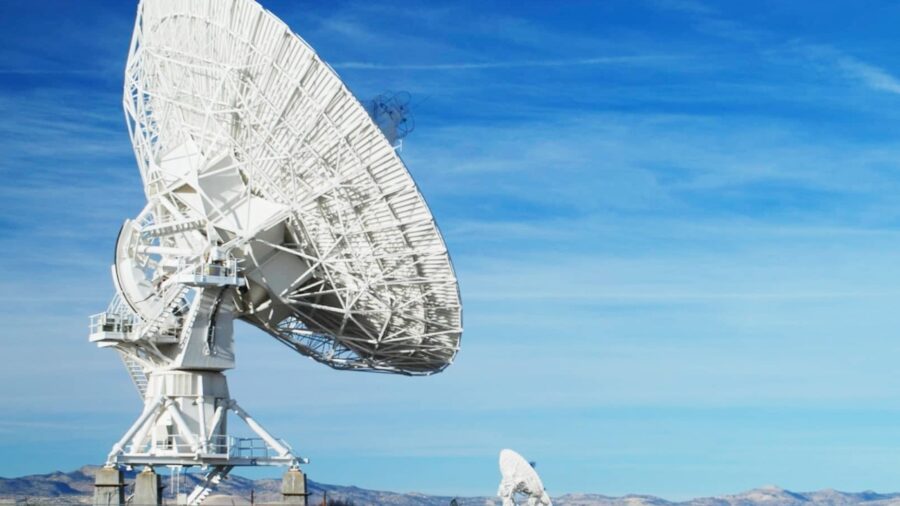
Despite the name, most science fiction puts an emphasis on the second word and not the first, which can cause real scientists to pull their hair out when watching Hollywood play fast and loose with physics. While it’s fun to see Vin Diesel use a car as a weapon or the different ways spaceships are shown to generate gravity, it’s tossing out realism for fun. One film that decided to embrace hard science and is still one of the best alien movies ever made is 1997’s Contact, the movie which adapts the book written by noted astrophysicist Carl Sagan.
The Work At SETI
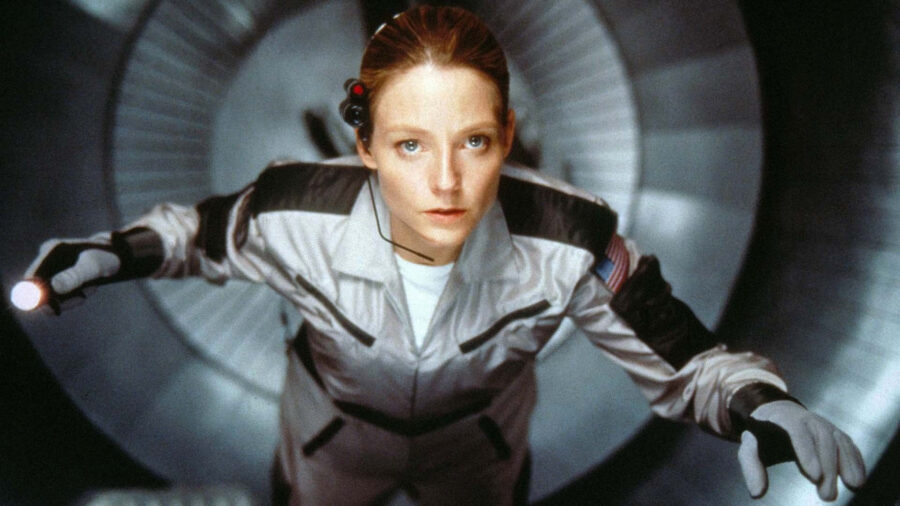
Dramatizing the work of the researchers at SETI (Search for Extraterrestrial Intelligence), Contact follows Dr. Ellie Arroway (Jodie Foster), who discovers a signal coming from Vega, a star only 25 light-years away, that when decoded, is Adolf Hitler’s opening speech at the 1938 Olympics. In the largest logical leap of Sagan’s story, when the schematics for a machine are discovered further in the signal, the nations of the world band together to have it built.
After a few dramatic ups and downs centered around the nature of God and the never-ending religion vs. science debate, Contact hits the movie’s climax when Arroway goes into the machine and has a transcendent cosmic experience. Or does she?
A Slow Burn
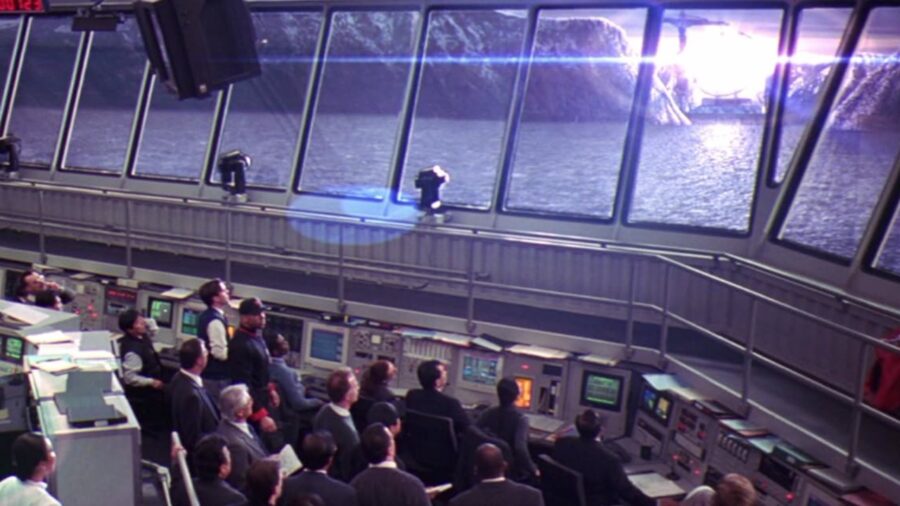
When I first watched Contact, I was a young sci-fi nerd curious about what was really out there, and so the concept of SETI excited me, doubly so that there was a new movie about it. The film, which is a slow burn and consists mainly of very serious people making very serious faces while yelling very seriously at one another, has actually aged well since it’s not relying on special effects. The themes that Carl Sagan raises in his book still resonate today, and best of all, the science at work is comparable to the likes of Interstellar and The Martian.
Filming Contact Was Like Going To School
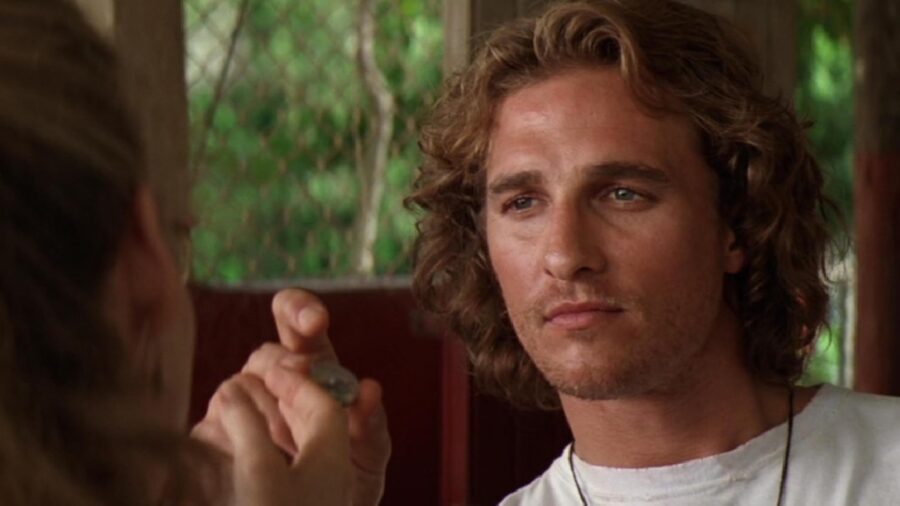
The accuracy of Contact, which is considered to be 99.9 percent accurate by scientists for a Hollywood movie, ranges from Jodie Foster calling out for a FUDD (Follow-Up Detection Device) to having her understand that the signal’s frequency was “hydrogen times pi” and knowing that was a sign of intelligent life. Only an intelligent being would take light shining through a hydrogen atom and multiply it by the circumference of a circle.
Matthew McConaughey, who plays philosopher Palmer Joss, recounted to Entertainment Weekly the experience of Carl Sagan giving the entire cast and crew a crash course in astrophysics: “It was a slide show. Sagan walked us through history—how man once thought the world was flat, and then Galileo came along, and, okay, well, now the world is round…. He explained it all really well.”
Carl Sagan Embraced Faith And Science
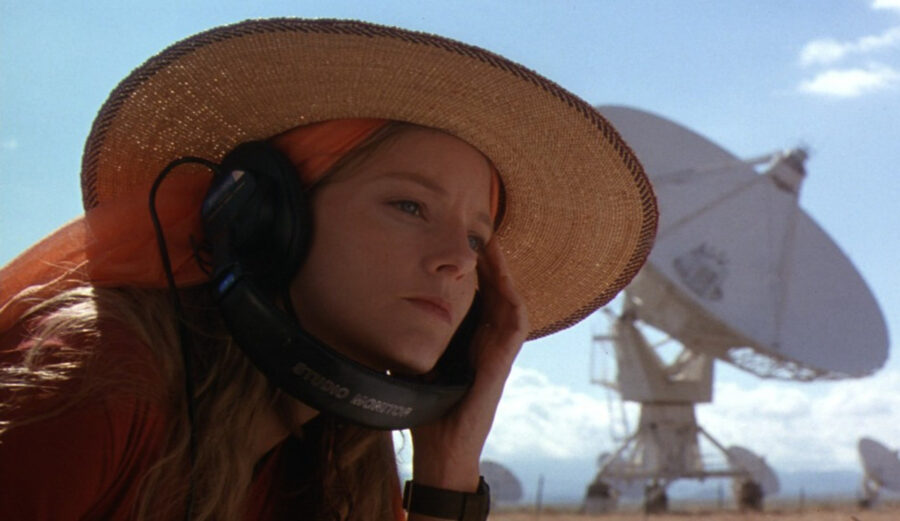
Contact hit theaters the same year as other notable sci-fi movies, including Alien: Resurrection, Event Horizon, and even bumped against Men in Black at the box office on its way to earning over $170 million worldwide.
At the time, it was praised for being a cerebral sci-fi film compared to its contemporaries, but today, modern viewers are taking the film to task for placing too much emphasis on faith and not science. That opinion is valid, but it doesn’t do justice to Carl Sagan, a religious man who viewed science as a way to understand the universe, how everyone was connected, and how it could connect to a higher power.
Don’t take my word for it, though; here’s how Sagan himself describes his outlook to NPR in 1996: “And to me, it – I thought there – that’s us. That’s our world. That’s all of us – everybody you know, everybody you love. Everybody you ever heard of lived out their lives there, on a mote of dust in a sunbeam. And it spoke to me about the need for us to care for one another, and also, to preserve the pale blue dot, which is the only home we’ve ever known. And it underscored the tininess, the comparative insignificance of our world and ourselves.”
Only Available Through Video On Demand
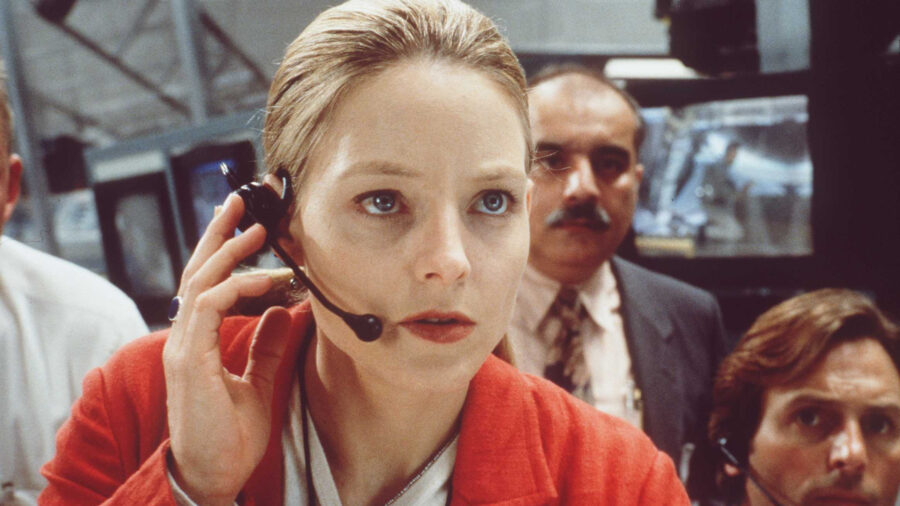

REVIEW SCORE
When I first saw Contact on VHS, my tiny mind was blown by how real everything felt in the movie, and today, it still holds up, even if some of the buts and bolts are starting to show. Interstellar took the general concept and ran with it, though there’s a very large difference between the two stories, in an amazing visual and audio feast, while the 90s film is significantly more understated. That doesn’t take away from its impact or how it depicts the real work still being done today by the SETI program.
Contact is available through Video on Demand on Amazon Prime, AppleTV, and Google Play.











